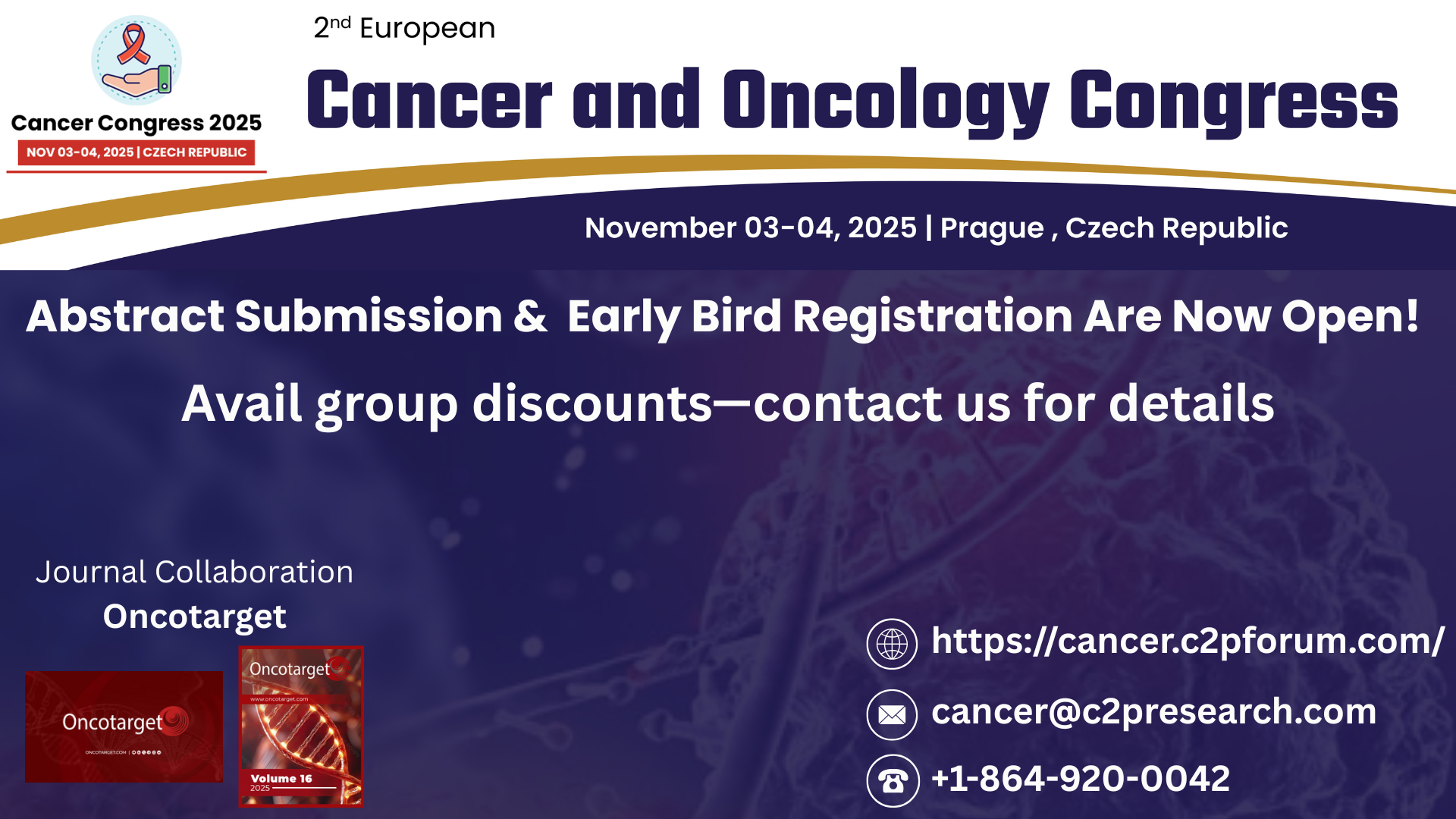Priority Research Papers:
Lysosomal regulation of cholesterol homeostasis in tuberous sclerosis complex is mediated via NPC1 and LDL-R
PDF | HTML | Supplementary Files | How to cite
Metrics: PDF 2665 views | HTML 6881 views | ?
Abstract
Harilaos Filippakis1, Nicola Alesi1, Barbara Ogorek1, Julie Nijmeh1, Damir Khabibullin1, Catherine Gutierrez1, Alexander J. Valvezan2, James Cunningham3, Carmen Priolo1 and Elizabeth P. Henske1
1 Division of Pulmonary and Critical Care Medicine, Brigham and Women’s Hospital, Harvard Medical School, Boston, Massachusetts, USA
2 Department of Genetics and Complex Diseases, Harvard School of Public Health, Boston, Massachusetts, USA
3 Department of Medicine, Division of Hematology, Brigham and Women’s Hospital, Harvard Medical School, Boston, Massachusetts, USA
Correspondence to:
Elizabeth P. Henske, email:
Keywords: TSC, mTORC1, chloroquine, cholesterol, lysosome
Received: February 25, 2017 Accepted: April 15, 2017 Published: April 27, 2017
Abstract
Tuberous sclerosis complex (TSC) is a multisystem disease associated with hyperactive mTORC1. The impact of TSC1/2 deficiency on lysosome-mediated processes is not fully understood. We report here that inhibition of lysosomal function using chloroquine (CQ) upregulates cholesterol homeostasis genes in TSC2-deficient cells. This TSC2-dependent transcriptional signature is associated with increased accumulation and intracellular levels of both total cholesterol and cholesterol esters. Unexpectedly, engaging this CQ-induced cholesterol uptake pathway together with inhibition of de novo cholesterol synthesis allows survival of TSC2-deficient, but not TSC2-expressing cells. The underlying mechanism of TSC2-deficient cell survival is dependent on exogenous cholesterol uptake via LDL-R, and endosomal trafficking mediated by Vps34. Simultaneous inhibition of lysosomal and endosomal trafficking inhibits uptake of esterified cholesterol and cell growth in TSC2-deficient, but not TSC2-expressing cells, highlighting the TSC-dependent lysosome-mediated regulation of cholesterol homeostasis and pointing toward the translational potential of these pathways for the therapy of TSC.
 All site content, except where otherwise noted, is licensed under a Creative Commons Attribution 4.0 License.
All site content, except where otherwise noted, is licensed under a Creative Commons Attribution 4.0 License.
PII: 17485

